Optimal Timing for Waterproofing Projects
Proper timing for waterproofing projects is essential to ensure durability and effectiveness. The optimal period depends on climate conditions, temperature ranges, and moisture levels. Typically, dry and moderate weather conditions facilitate better application and curing of waterproofing materials.
Spring offers moderate temperatures and lower precipitation, making it ideal for waterproofing projects. This period allows for thorough curing before the summer heat or winter conditions.
Summer can be suitable if temperatures are not excessively high. Proper planning is necessary to avoid application during peak heat, which can affect material adhesion.
Fall provides cooler temperatures and less humidity, creating favorable conditions for waterproofing before winter.
Winter is generally not recommended due to freezing temperatures and high moisture levels, which can compromise waterproofing effectiveness.
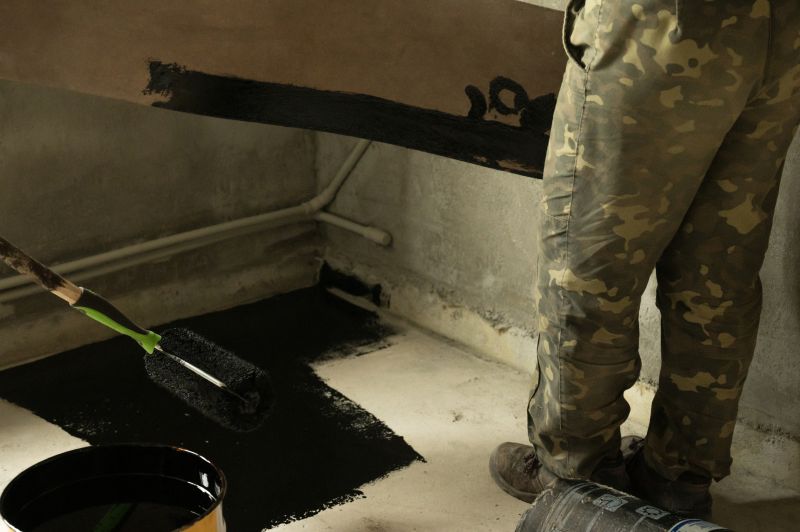
Ways to make Waterproofings work in tight or awkward layouts.
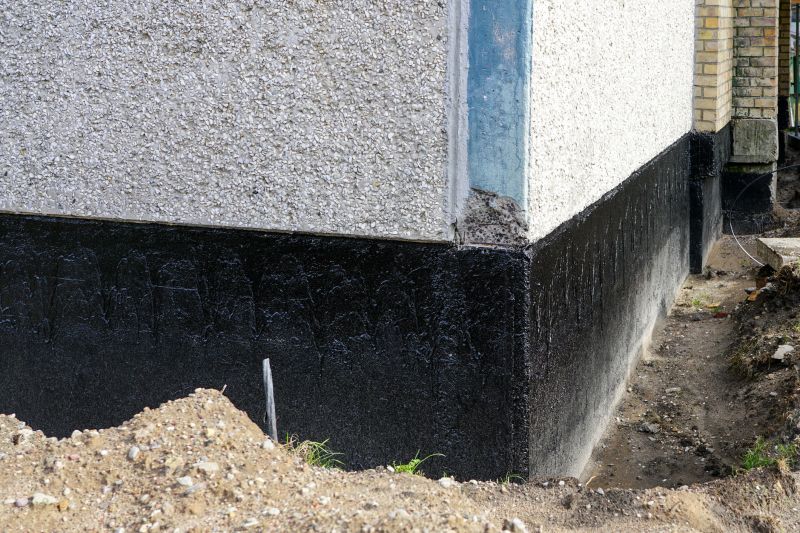
Popular materials for Waterproofings and why they hold up over time.
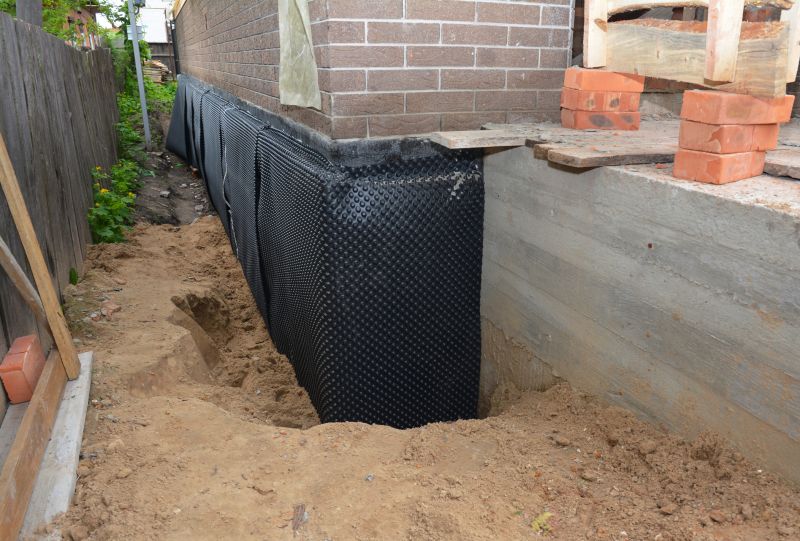
Simple add-ons that improve Waterproofings without blowing the budget.

High-end options that actually feel worth it for Waterproofings.
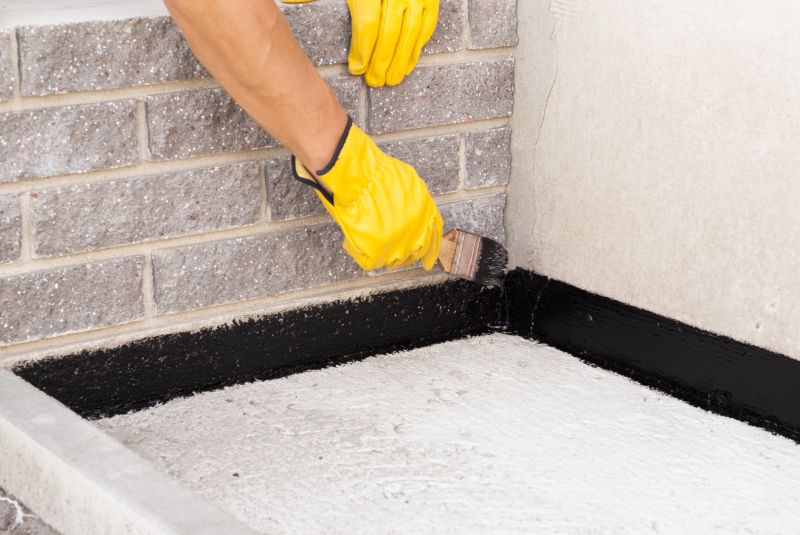
Finishes and colors that play nicely with Waterproofings.
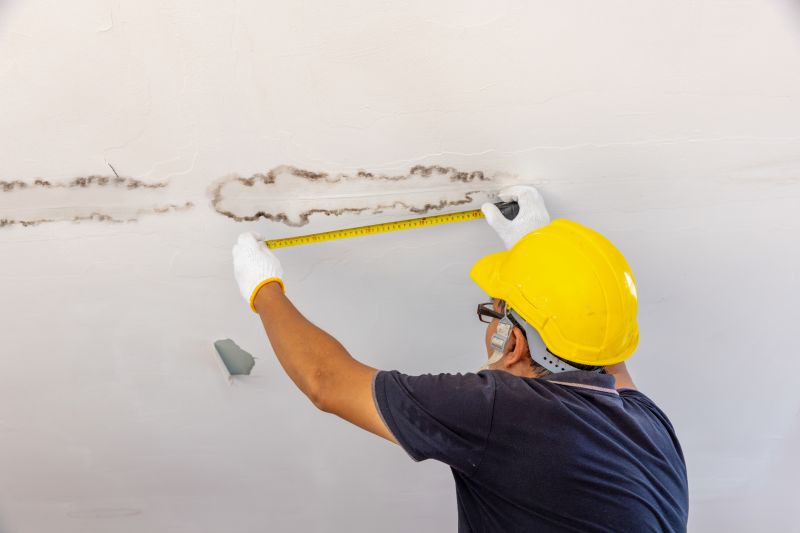
Little measurements that prevent headaches on Waterproofings day.
| Season | Optimal Conditions |
|---|---|
| Spring | Moderate temperatures, low humidity, dry weather |
| Summer | Warm temperatures, avoid peak heat hours |
| Fall | Cooler weather, less rain |
| Winter | Freezing temperatures, high moisture levels |
Waterproofings are essential for protecting structures from water intrusion, which can lead to damage, mold growth, and structural deterioration. Proper application at the right time enhances longevity and effectiveness. Advances in waterproofing materials have increased their durability, with some products offering resistance to extreme weather conditions. Statistics indicate that timely waterproofing can extend the lifespan of building foundations by up to 50%, reducing long-term repair costs.
Choosing the correct season for waterproofing depends on local climate patterns and specific project requirements. Consulting with professionals ensures that the application is performed under optimal conditions, maximizing the effectiveness of the waterproofing system.

A 60-second routine that keeps Waterproofings looking new.

A frequent mistake in Waterproofings and how to dodge it.

Small tweaks to make Waterproofings safer and easier to use.
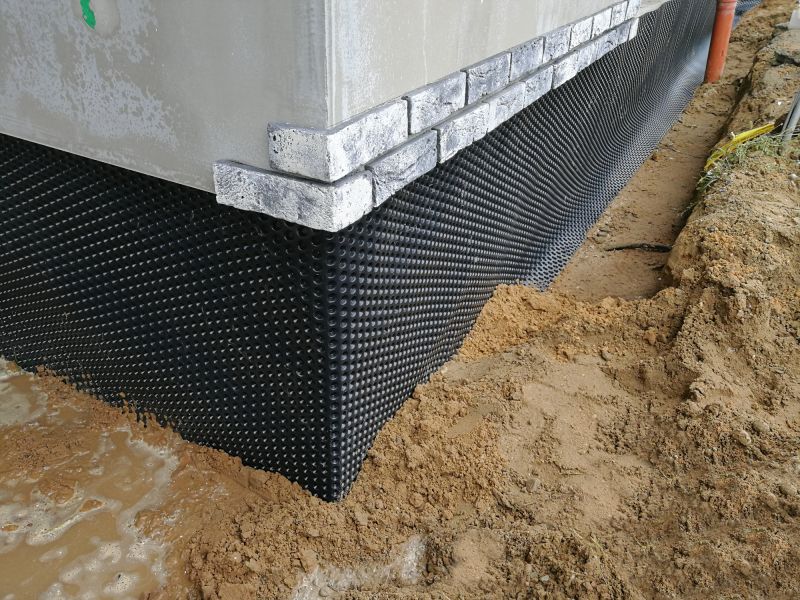
Lower-waste or water-saving choices for Waterproofings.
Interested parties are encouraged to contact for more information about waterproofing options and scheduling. Proper timing and application techniques can significantly improve the durability of waterproofing systems, ensuring long-lasting protection for structures.



